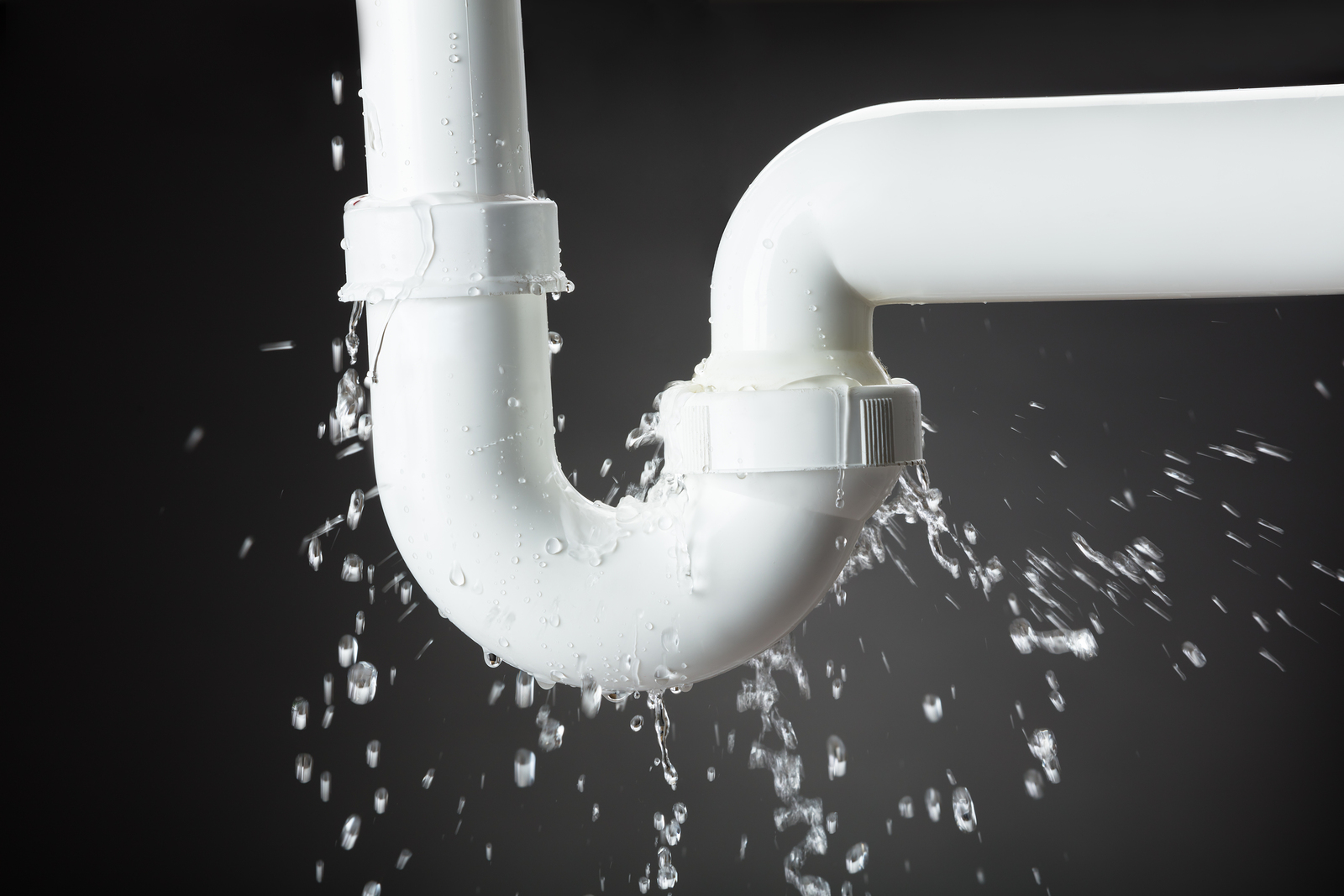Protecting Against Ruptured Pipes: Vital Tips to Safeguard Your Plumbing
Stopping burst pipelines is an important worry for home owners, specifically during cooler months when the threat of cold is heightened. Carrying out tactical procedures such as appropriate insulation, regular examinations, and preserving regular interior temperatures can significantly reduce the probability of pipeline failure.
Understand Pipe Vulnerabilities
Understanding pipe susceptabilities is important for reliable plumbing upkeep and avoiding pricey damage. A number of elements add to the susceptibility of pipes to ruptureds, including product composition, age, and environmental problems. Older pipes, specifically those made from galvanized steel or polybutylene, frequently weaken with time, leading to enhanced risk of ruptures and leaks.
Temperature level variations can also considerably effect pipeline stability. In chillier environments, water caught in pipelines can ice up, putting in and increasing pressure on the pipe wall surfaces, which may ultimately bring about a burst. High water pressure can stress pipelines, specifically at joints and bends, increasing the chance of failing.

Insulate Water Lines Correctly
Appropriate insulation of pipelines is important for preventing freezing and subsequent bursts throughout winter (burst pipe). Protecting your pipes system efficiently safeguards against temperature drops that can bring about expensive damages. Begin by determining vulnerable areas where pipes are exposed to outdoor temperatures, such as cellars, attics, and outside wall surfaces
Use foam pipe insulation sleeves or wrap insulation tape around these locations to supply a protective obstacle. Guarantee that all sections of the pipelines, specifically those with minimal warmth exposure, get adequate insulation. Pay special attention to fittings and joints, as these are much more prone to cold.
When shielding, it's important to pick products that fulfill neighborhood building ordinance and are proper for the certain environment. Fiberglass insulation is often suggested for its thermal resistance homes. Additionally, think about utilizing warmth cables or tape in extreme problems, which can be plugged in to give additional heat
Regularly inspect shielded pipelines for any kind of signs of wear or damages, as jeopardized insulation can diminish its effectiveness. By taking these positive procedures, you significantly minimize the risk of pipe bursts, making sure a reliable pipes system throughout the wintertime months.
Maintain Consistent Temperature
A secure interior temperature is crucial for stopping ruptured pipelines during the frigid months. When temperatures decrease, water within pipes can freeze, expanding and producing pressure that might ultimately trigger the pipelines to ruptured. To minimize this danger, site link property owners ought to maintain a constant temperature level throughout their home, ideally no less than 55 ° F(13 ° C)Making use of a programmable thermostat can aid handle interior temperatures successfully, ensuring that rooms with pipes stay warm even when your home is unoccupied. Pay unique attention to areas that are extra vulnerable to cool, such as garages, attics, and cellars. Maintaining closet doors open under sinks can also enable warmer air from the home to circulate around plumbing.
This small flow of water can protect against cold by alleviating pressure within the pipes. By implementing these methods, home owners can dramatically decrease the danger of pipeline bursts and secure their plumbing systems against the harsh winter months elements.
Regularly Evaluate Plumbing
Routine examinations of plumbing systems are critical for avoiding ruptured pipelines and preserving total home integrity. Regular checks enable property owners to identify prospective concerns before they intensify into costly repair services or major water damage. Throughout these inspections, it is necessary to examine noticeable pipelines for indications of deterioration, leaks, or wear. Pay special interest to locations prone to freezing, such as basements, attic rooms, and exterior walls.
In addition, evaluating links and joints is vital, as these points are frequently prone to leaks. House owners need to additionally assess water pressure levels, as too much stress can stress the plumbing system and increase the danger of pipeline bursts.
Take into consideration scheduling professional pipes examinations at the very least when a year, particularly prior to wintertime, to ensure your system is prepared for colder temperature levels. By being proactive in your method, you can safeguard your home against the expensive and turbulent repercussions of ruptured pipelines.
Know Emergency Situation Procedures
Recognizing emergency treatments is crucial for every home owner, particularly after carrying out routine plumbing assessments. Being prepared for a pipes emergency situation can dramatically reduce damages and conserve prices.
Next, keep crucial tools convenient. A pipes emergency situation kit ought to include a wrench, plunger, and towels, along with a flashlight and a bucket for little leaks. Additionally, consider having the call her latest blog information for a trusted plumbing technician readily available, ought to the circumstance intensify past your control.
If you spot a leak or ruptured pipe, promptly switch off the water and notify your plumbing. Document the damages with photographs for insurance policy objectives. Recognize the indicators of possible plumbing issues, such as unusual water pressure fluctuations or damp places on walls
Inevitably, aggressive understanding and quick action are crucial in handling plumbing emergencies, guaranteeing your home continues to be safeguarded and lessening prospective damage.

Final Thought
Finally, protecting against burst pipelines necessitates a multifaceted approach that consists of understanding pipe susceptabilities, proper insulation, keeping constant indoor temperatures, routine examinations, and knowledge site web of emergency treatments. By executing these crucial approaches, the danger of plumbing failings can be considerably minimized, thereby making certain the long life and performance of the plumbing system. Aggressive actions not just protect against potential damage however also add to total water conservation and the protection of home.
In colder environments, water caught in pipes can ice up, broadening and exerting stress on the pipeline wall surfaces, which may inevitably lead to a burst. When temperatures decrease, water within pipelines can ice up, developing and expanding stress that might ultimately create the pipelines to burst. By applying these techniques, property owners can dramatically lower the danger of pipeline ruptureds and guard their pipes systems versus the harsh winter months components.
